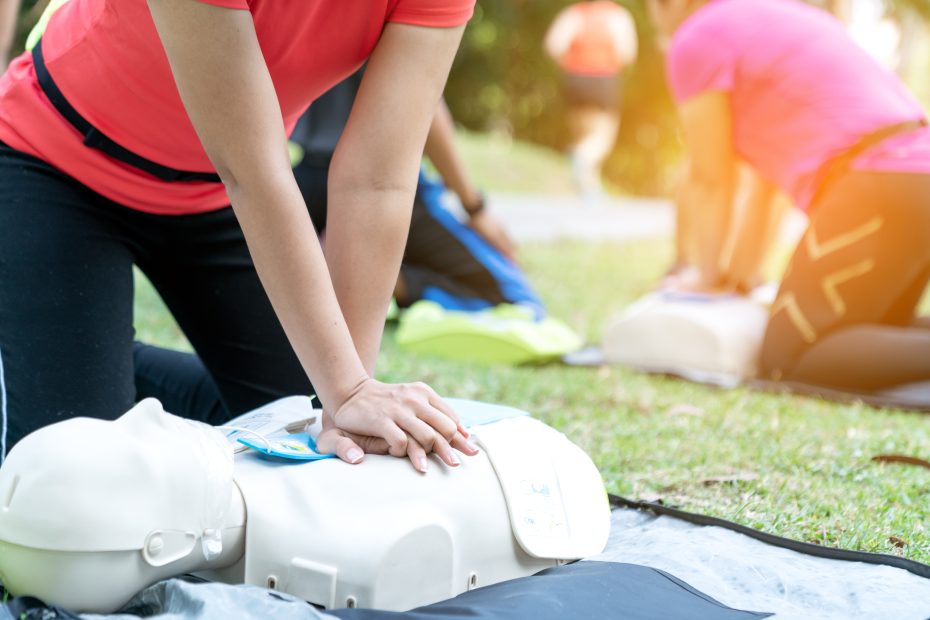Will an AED pick up the baby’s heartbeat?
One of the most common misconceptions surrounding AED use on a pregnant woman is whether the device will detect the baby’s heartbeat and potentially deliver a shock to the fetus. However, it’s important to understand that AEDs are designed to analyse the electrical activity in the heart and determine if a shock is required. These devices are not designed to detect fetal heartbeats or intervene with the fetus.
During pregnancy, a woman’s body experiences physiological changes, including increased blood volume and changes in heart rate. AEDs are sensitive enough to analyse these changes in a pregnant woman’s heart rhythm and respond accordingly. Therefore, the use of an AED on a pregnant woman is considered safe for both the mother and the fetus in the event of a cardiac arrest.
What is the correct procedure for defibrillating a pregnant woman in Australia?
In Australia, the Australian Resuscitation Council (ARC) provides guidelines for the management of cardiac arrest in pregnancy, including the use of AEDs. Here are the key steps to follow when using an AED on a pregnant woman:
- Assess the situation: Ensure the environment is safe and confirm if the woman is unresponsive and not breathing normally.
- Call for help: Contact emergency services immediately and request an ambulance.
- Positioning: Lay the pregnant woman on her left side to avoid compressing the inferior vena cava, which could obstruct blood flow to the heart.
- Apply AED pads: Place the AED pads on the woman’s chest following the device’s instructions. Ensure the pads are not overlapping the uterus.
- Follow AED prompts: Let the AED analyse the heart rhythm. If a shock is advised, ensure no one is touching the patient and press the shock button as instructed.
- Perform CPR: If no shock is advised or after delivering a shock, initiate cardiopulmonary resuscitation (CPR) until medical help arrives.
What first responders should be wary of
First responders should be aware of the specific considerations when managing cardiac arrest in pregnant women:
- Positioning: Always position the woman on her left side to prevent aortocaval compression.
- Pad placement: Ensure AED pads are placed correctly, avoiding the abdomen to prevent interfering with the uterus.
- Communication: Keep everyone informed about the procedures being performed and the importance of swift medical intervention.
Post-defibrillation care
After defibrillation, it is crucial to continue monitoring the pregnant woman and provide ongoing care:
- Assess vital signs: Check the woman’s pulse, breathing, and level of consciousness.
- Provide oxygen: Administer oxygen if available and if the woman’s breathing is inadequate.
- Transport to hospital: Transfer the woman to a medical facility for further evaluation and management by healthcare professionals specialising in obstetric and cardiac care.
In summary, AEDs are safe and effective for use on pregnant women experiencing cardiac arrest. They are designed to analyse maternal heart rhythms accurately without affecting the fetus. First responders should follow specific guidelines, such as positioning the woman on her left side and ensuring correct pad placement, to ensure the best outcome. Post-defibrillations, ongoing monitoring and prompt transfer to a healthcare facility are essential to give the best possible care for the pregnant woman. By understanding and adhering to these procedures, first responders can confidently manage cardiac emergencies in pregnant women, potentially saving lives in critical situations.
Don’t forget to visit our Blog page for more articles on other interesting topics.
If you want to stay informed on AEDs and related subjects, take a look at our first aid courses available here and if you’re looking for AED equipment for your business or home, we have a great range you can shop online here.
